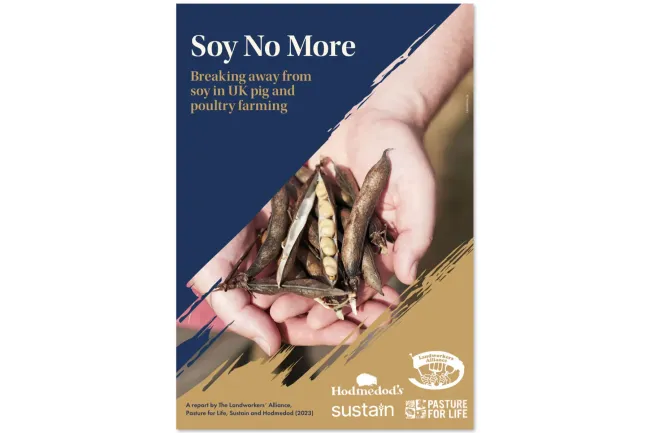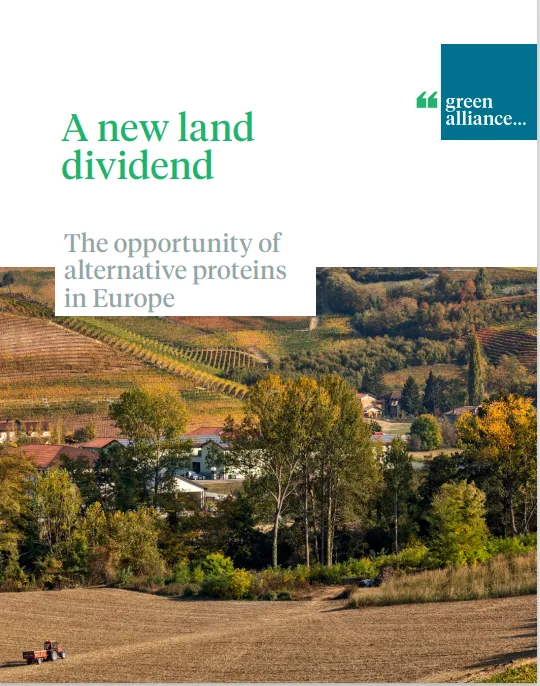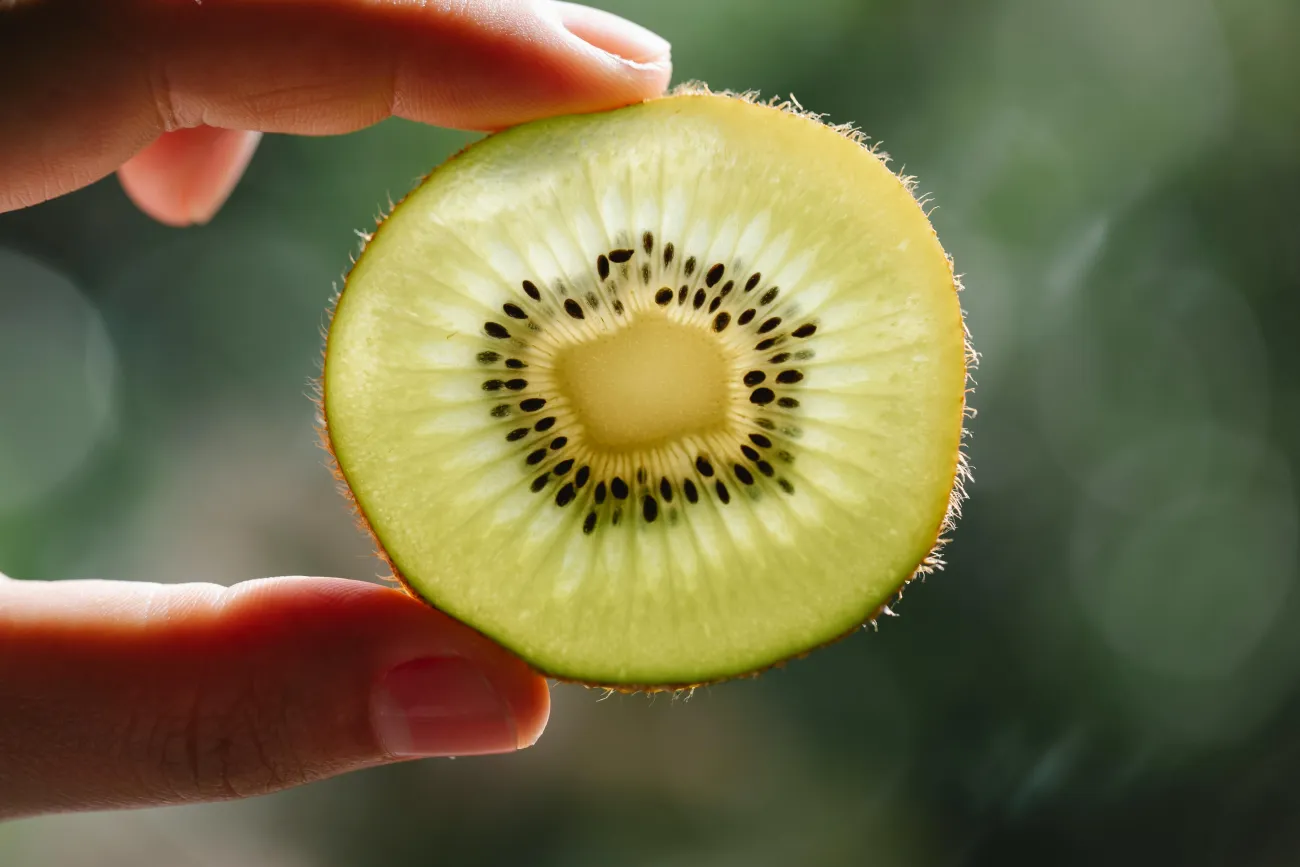Rising global demands for soy as animal feed is contributing to deforestation in the Global South. Every year the UK imports around 3 million tonnes of soy, mostly for pig and poultry feed, requiring an area the size of Wales to produce. This report details the urgent need to transition away from this pig and poultry feed model and toward a more sustainable and localised mode of production.

In order to explore the feasibility of replacing soy feed in the UK, as well as to outline key policy recommendations to support this transition, the report models three future scenarios for pig and poultry feed in the UK:
- The first scenario replaces soy with home-grown legumes: Soy feed is replaced with UK grown legumes. This model demonstrates that if pig and poultry production were to stay constant, the UK total cropland for pig feed would need to increase by 60% and for poultry feed by over 75%. Given competition over land-use and the needs for increased self-sufficiency this is argued to be not viable.
- The second scenario takes land-use into consideration: This scenario replaces feed with UK grown legumes without allowing for any compensatory land-use change. Without increasing the UK cropland area used for feed, a 44% decrease in poultry consumption and 41% decrease in pork consumption would be necessary. However, this would mean a reduction in dietary protein beyond advised levels, as advised by the Eat Lancet diet
- The third scenario takes not only land-use into consideration, but additionally the need to avoid food-feed competition: This scenario provides sufficient protein levels in line with the Eat Lancet recommendation of 75g of pulses per person per day, combined with the necessary reduction in the use of pig and poultry feed. In this scenario UK cropland is prioritised for growing pulses for human consumption, whilst pig and poultry are fed on byproducts and food waste.
Read the full report here. For more information on soy see our explainer Soy: food, feed, and land use change and for more on the UK context see our blog Soy in the UK: What are its uses?




Comments (0)